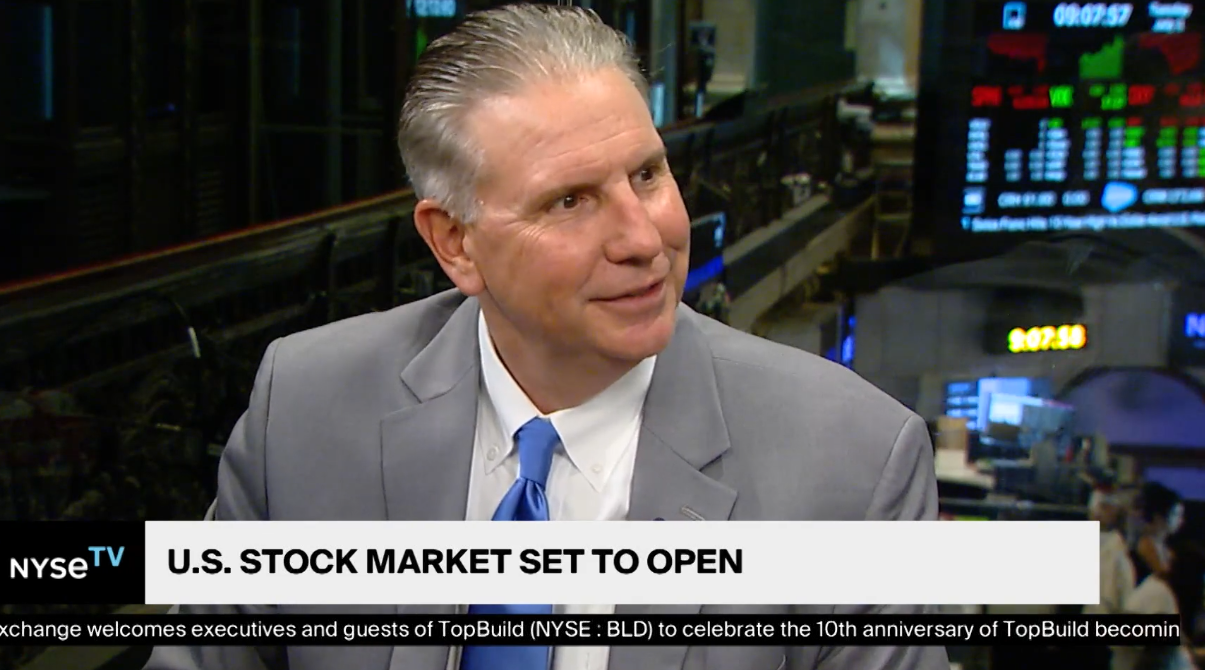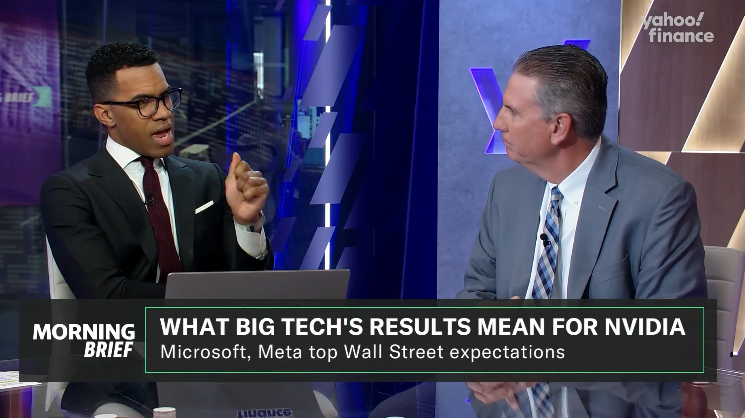
Capital Markets Update – Week of 6/23/2014
Market Overview
Sources: Rates Data —Bloomberg Markets as of 6/23/14; Equity Market Returns and Fixed Income and Alternatives Data—Wells Fargo Advisers and Morningstar as of 6/23/14
Happening Now
What does the VIX say about this market?
The CBOE Volatility index, commonly known as the “VIX” or “FEAR Index” is a widely publicized measure of implied volatility within the S&P 500 index. This volatility index was introduced in 1993 by the Chicago Board Options Exchange and since its creation has gained increasingly more attention as market participants use the gauge to measure “fear” in the market. As of the time of this writing, the VIX stands at 12.13 which is the lowest level since January of 2007. So what does this mean for stock market investors? At risk of oversimplifying things, this means there just isn’t a lot of volatility right now. The VIX is what is known as a “coincident indicator” meaning it reflects current market conditions and doesn’t offer much in terms of its predictive abilities. Media pundits can and have had a field day writing stories about the “calm before the storm” and this often induces individual investors to make irrational short term decisions. While the complicated mathematics used to develop the value of the VIX go beyond the scope of this writing, understanding what it can (and perhaps more importantly cannot) tell us about the market is important. Jumping to cash because of expected short term movements in the stock market often results in poor long term performance. We encourage individuals to seek professional guidance prior to making a major change to their asset allocation strategy and recognize that while there may be bumps along the way, achieving long term goals often requires a disciplined process.
Important Information and Disclaimers
Past Performance is not a guide to future performance.
Investing in foreign securities presents certain risks not associated with domestic investments, such as currency fluctuation, political and economic instability, and different accounting standards. This may result in greater share price volatility. These risks are heightened in emerging markets.
There are special risks associated with an investment in real estate, including credit risk, interest rate fluctuations and the impact of varied economic conditions. Distributions from REIT investments are taxed at the owner’s tax bracket.
The prices of small company and mid cap stocks are generally more volatile than large company stocks. They often involve higher risks because smaller companies may lack the management expertise, financial resources, product diversification and competitive strengths to endure adverse economic conditions.
Investing in commodities is not suitable for all investors. Exposure to the commodities markets may subject an investment to greater share price volatility than an investment in traditional equity or debt securities. Investments in commodities may be affected by changes in overall market movements, commodity index volatility, changes in interest rates or factors affecting a particular industry or commodity.
Products that invest in commodities may employ more complex strategies which may expose investors to additional risks.
Investing in fixed income securities involves certain risks such as market risk if sold prior to maturity and credit risk especially if investing in high yield bonds, which have lower ratings and are subject to greater volatility. All fixed income investments may be worth less than original cost upon redemption or maturity. Bond Prices fluctuate inversely to changes in interest rates. Therefore, a general rise in interest rates can result in the decline of the value of your investment.
Definitions
MSCI- EAFE: The Morgan Stanley Capital International Europe, Australasia and Far East Index, a free float-adjusted market capitalization index that is designed to measure developed-market equity performance, excluding the United States and Canada.
MSCI-Emerging Markets: The Morgan Stanley Capital International Emerging Market Index, is a free float-adjusted market capitalization index that is designed to measure the performance of global emerging markets of about 25 emerging economies.
Russell 3000: The Russell 3000 measures the performance of the 3000 largest US companies based on total market capitalization and represents about 98% of the investible US Equity market.
ML BOFA US Corp Mstr [Merill Lynch US Corporate Master]: The Merrill Lynch Corporate Master Market Index is a statistical composite tracking the performance of the entire US corporate bond market over time.
ML Muni Master [Merill Lynch US Corporate Master]: The Merrill Lynch Municipal Bond Master Index is a broad measure of the municipal fixed income market.
Investors cannot directly purchase any index.
LIBOR, London Interbank Offered Rate, is the rate of interest at which banks offer to lend money to one another in the wholesale money markets in London.
The Dow Jones Industrial Average is an unweighted index of 30 “blue-chip” industrial U.S. stocks.
The S&P Midcap 400 Index is a capitalization-weighted index measuring the performance of the mid-range sector of the U.S. stock market, and represents approximately 7% of the total market value of U.S. equities. Companies in the Index fall between S&P 500 Index and the S&P SmallCap 600 Index in size: between $1-4 billion.
DJ Equity REIT Index represents all publicly traded real estate investment trusts in the Dow Jones U.S. stock universe classified as Equity REITs according to the S&P Dow Jones Indices REIT Industry Classification Hierarchy. These companies are REITSs that primarily own and operate income-producing real estate.




